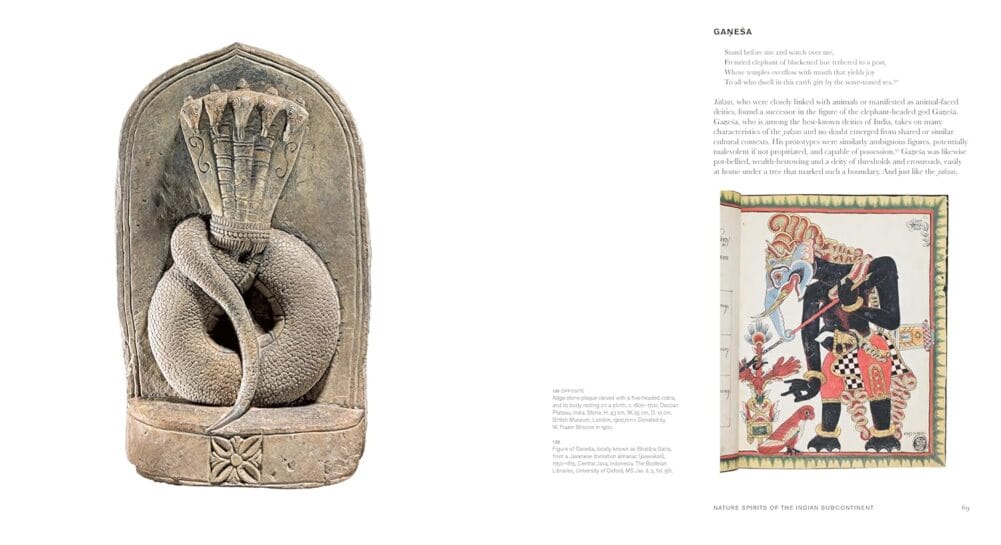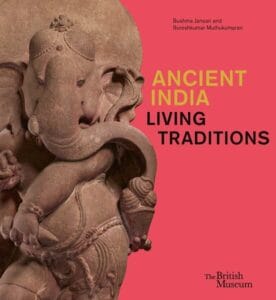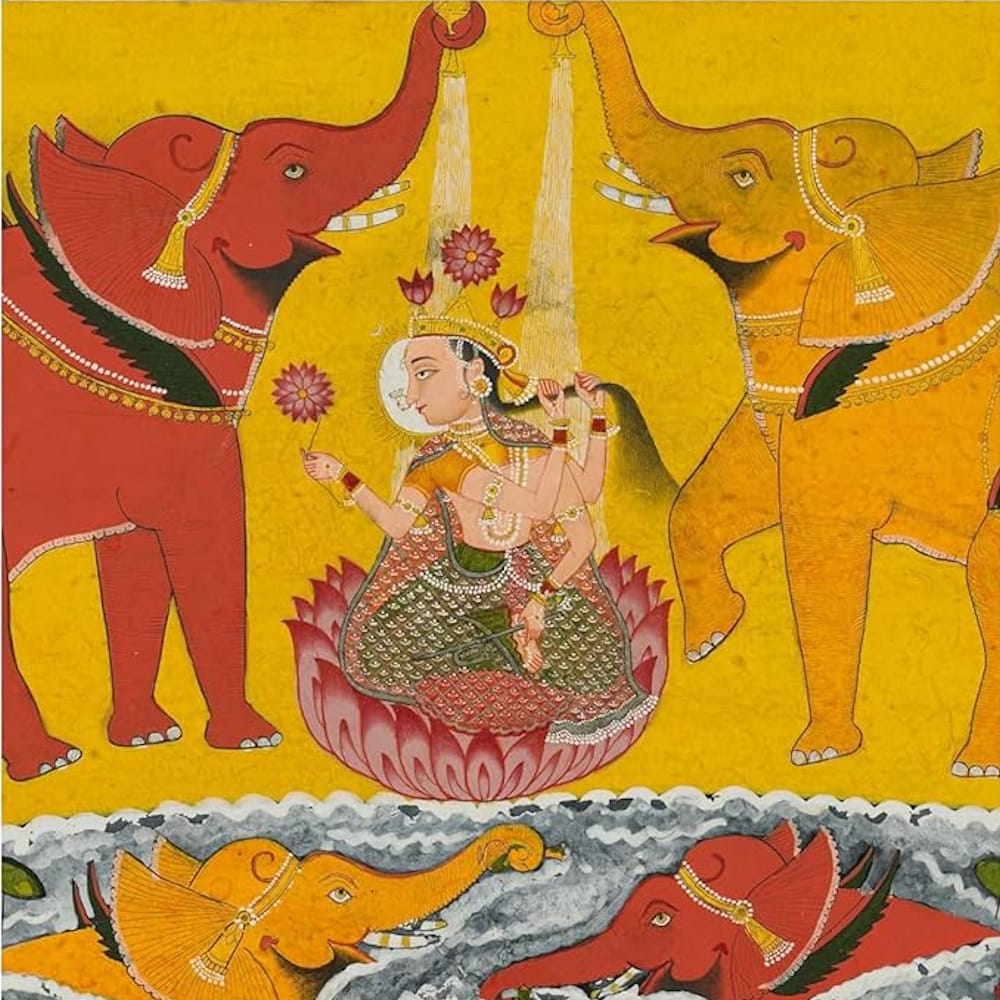Ancient India is a new publication and exhibition by the British Museum that explores the shared origins of Hindu, Buddhist and Jain devotional art in figurative imagery of India’s ancient nature spirits. These three of the world’s major religions originated in India and gradually spread to other regions of the world. Between 200 BCE and 600 BCE, representations of their deities and enlightened teachers underwent transformation from symbolic to human form.
Written by the curators Sushma Jansari and Sureshkumar Muthukumaran, the story begins in the Indian subcontinent when the Roman Republic (509-27 BCE) and the Han dynasty in China (206 BCE -220 CE) were expanding their empires. The Mauryan empire (c. 323-185 BCE) in India under Emperor Asoka (ca 268-232 BCE) reached its peak.
Ancient India explores the shared origins of Hindu, Buddhist and Jain devotional art in sculptural images of India’s ancient and powerful nature spirits and examines how these ancient religions spread across the world:
The affinity for the natural world, and its deified representations, forms the common cultural foundation of ancient Indian culture and its religious traditions, whether Hindu, Jain or Buddhist. This book examines how these various religious traditions have emerged from and negotiated a common cultural inheritance in the form of nature spirits.
Their account begins with “Nature spirits of the Indian subcontinent” which examines the origins of the worship of deities from the perspective of India’s ancient literary, oral traditions and the natural world. In fact, the vast majority of India’s sacred sites, are distinguished by the presence of trees:
Nature spirits were so significant and believed to be so powerful that they were incorporated – and co-opted – into later Jain, Buddhist and Hindu devotional art. Artists also based their subsequent representations of deities and enlightened teachers on these original images.


Detailed examination begins with Jain art and focuses on the art created in Mathura to explore this development and the people involved. It is in this region that some of the earliest and most important images were shaped. The book notes how poorly conducted 19th-century excavations unfortunately prevent contemporary reconstruction of the shrines and dating of the important sculptures found there.
Next up is the Buddhist art that once embellished the Great shrine at Amaravati in Andhra Pradesh and traces the transformation of depictions of Buddha from symbolic to figurative. The British Museum holds the second largest collection of sculptures from Amaravati stupa outside India. This chapter examines the rediscovery, excavation and dispersal of material during the colonial period and its arrival in London.
This is followed by an examination of Hindu art and an exploration as to how representations of deities such as Shiva and Vishnu were transformed from the veneration of symbolic forms and natural landscape features to being depicted as multi-armed figures usually carrying specific attributes that identified the deities and their qualities.
The story then extends beyond India, Hindu and Buddhist as devotional objects spread from ancient India along maritime networks to Sri Lanka, Southeast Asia, Central Asia and East Asia.
Ancient India introduces the reader to the ancient religions of India and their sculptural and architectural origins and traditions through photographs of sculpture, architecture, coins and paintings with detailed commentary regarding archaeological digs at the time of discovery by Europeans.


You must be logged in to post a comment.